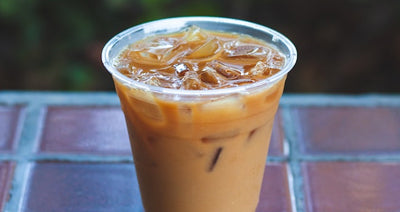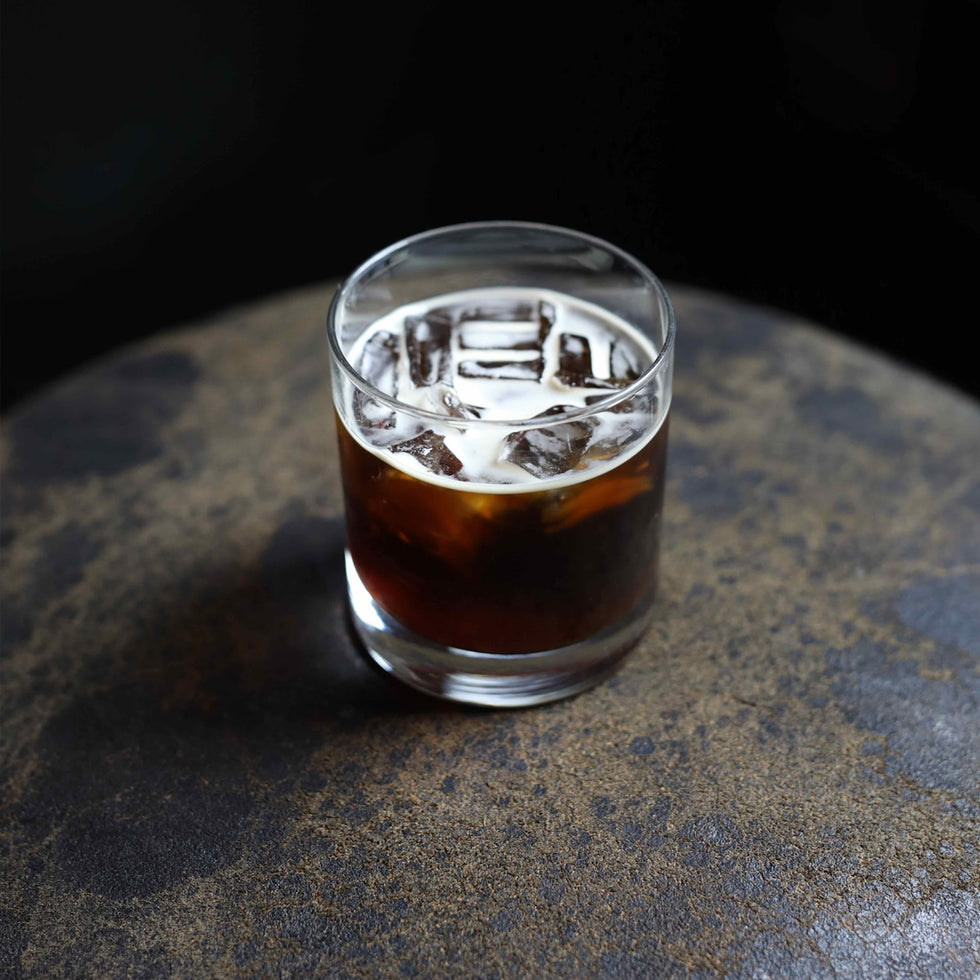Cold brew coffee is undergoing a sort of revolution as demand explodes and innovators come up with new ways to serve this unique style of iced coffee. New products that aim to make cold brewing simpler and easier launch every week, and cafes are getting more and more creative with cold brew coffee beverages.
But this hot (ehrm, cold) new trend isn’t as new as it appears. Like with many food and beverage traditions, the history of cold brew coffee goes back centuries and is shrouded in a healthy dose of mystery.
Where do you think cold brew coffee was first created? Peru, Japan, Ethiopia, or the Netherlands?
The First Documented Cold Brew Coffee
It’s generally accepted that the first documented creation of cold brew coffee was brought about by the Dutch in the 17th century (if you guessed the Netherlands, you win!).
Dutch sailors needed a way to brew and preserve a concentrated form of coffee as they crossed the seas and traded with far away lands. This concentrate would take less space and make caffeine more accessible on the journey. They may have drank the concentrate cold, but it’s more likely they would heat water and cut the concentrate with it to make hot coffee.

It’s not clear whether this was an invention purposed to solve the issue of coffee at sea or if there was already a tradition of cold brewing in the Netherlands. Either way, no earlier documents can be found, so we’re left guessing as to pre-1600’s cold brew coffee.
Tradition has it that these Dutch traders spread their cold brew coffee ways to Japan, who adopted the practice and made it their own by creating the Kyoto-Drip method. This method involves slowly dripping cold water over coffee grounds to produce a rich concentrate, rather than immersing the grounds in water.
However, the Japanese already had a long tradition of cold brewing tea, so it’s not impossible that they were already familiar with the practice of cold brewing coffee. Once again, we’re left to speculate.
Pre-2000 Cold Brew Coffee
Cold brew coffee was beginning to spread to many parts of the world by the mid 1800’s. From England, to Japan, to the colonies of the Americas, variations of coffee concentrates gained popularity, especially when it came to military provisions.
The French, however, provided one of the first recipes that closely resembles a modern cold brew drink. This drink, Mazagran, was created by mixing sweetened coffee concentrate with cold water. It was probably created at the Mazagran fortress in Algiers and spread across Europe as French soldiers returned home, according to one of the earliest coffee research books, All About Coffee, authored by William H. Uker and published in 1922.

Cold brew coffee saw a major jump in innovation in Japan in the 1960’s when Ueshima Coffee Co released a spin on the country’s popular flavored milk drinks by offering a coffee-forward drink with added milk and sugar.
Another milestone was hit shortly after in Italy when illy released the first (as far as we definitively know) pure ready-to-drink black coffee beverage.
The 60’s also saw garden nursery owner Todd Simpson travel to Peru on a plant sourcing trip. While there, he experienced Peruvian cold brew coffee for the first time and was fascinated. Not long after, he designed and released the now world-famous Toddy Cold Brewing System.
The Toddy brewer made immersion cold brew coffee accessible and simple. Naturally, it slowly made its way across the globe, priming the way for the modern cold brew coffee renaissance.
Modern Cold Brew Coffee
If you’ve paid any attention the last few years, you’ve surely noticed the dramatic rise of cold brew coffee. It’s no longer a niche offering. Starbucks picked up on the trend in 2015, followed by other coffee giants. Grocery stores now have dozens of RTD cans of cold brew coffee to choose from.

Nitro cold brew was born from an experience that Mike McKim, now owner of Cuvee Coffee in the United States, had while selling La Marzocco machines in 2005. He saw a customer serving a coffee and milk drink from a tap in his shop and was captured by the idea of coffee on tap.
It wasn’t until the Summer of 2012 that McKim served his first nitro coffee, cold brew coffee infused with nitrogen in a keg and served from a tap. Tasty like cold brew coffee and foamy like beer, his nitro creation quickly gained traction around Texas, but growth was limited beyond his region.
To make his nitro cold brew coffee more accessible, McKim began experimenting with the drink in a can. Borrowing practices from breweries, he was able to discover a consistent, reliable way to can his creation and launched Black and Blue in the Fall of 2015. Nitro cold brew can now be found in cafes, including Starbucks and other coffee giants, and cans across the world.
The Curious Future Of Cold Brew Coffee

Departing from common brewing techniques, Elixir Coffee, began cold brewing coffee in 2015 using sound waves to produce a completely new category of cold brew. They’re currently the only ones using the technology and supply is low, but it’s possible that their unique approach may shape future offshoots of cold brew coffee.
It’s also possible the world will see a dramatic rise in excitement of creative cold brew coffee drinks. It’s not hard to find cold brew coffee centric cocktails and mocktails, but these innovations are still relatively new and unknown to the general public.
What is for certain, however, is that cold brew coffee will continue to grow as a niche industry and coffee service type. A big part of this growth is due to the fact that it’s very easy to make at home. If you’d like to try your hand at brewing cold brew coffee, check out our wide and growing selection of cold brew coffee makers.
If you’re a bit overwhelmed by the number of cold brewing devices to choose from, these articles may help you out:
- Is Immersion Cold Brew or Drip Cold Brew Coffee Right For You?
- How To Make Cold Brew Coffee In Your French Press
The world of cold brew coffee is rich, complex, and delicious, and we invite you to take part in it with us.
